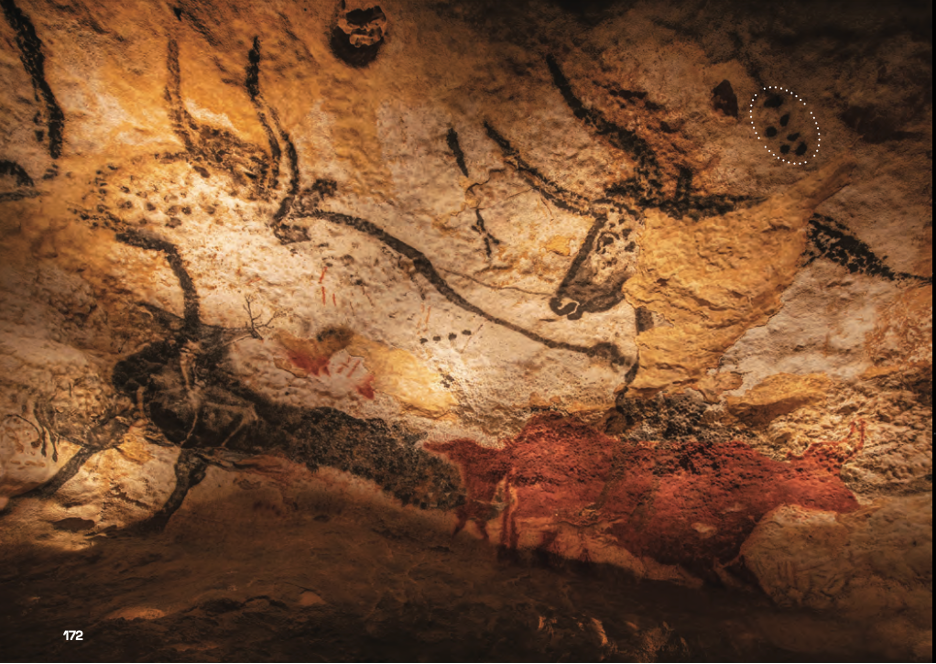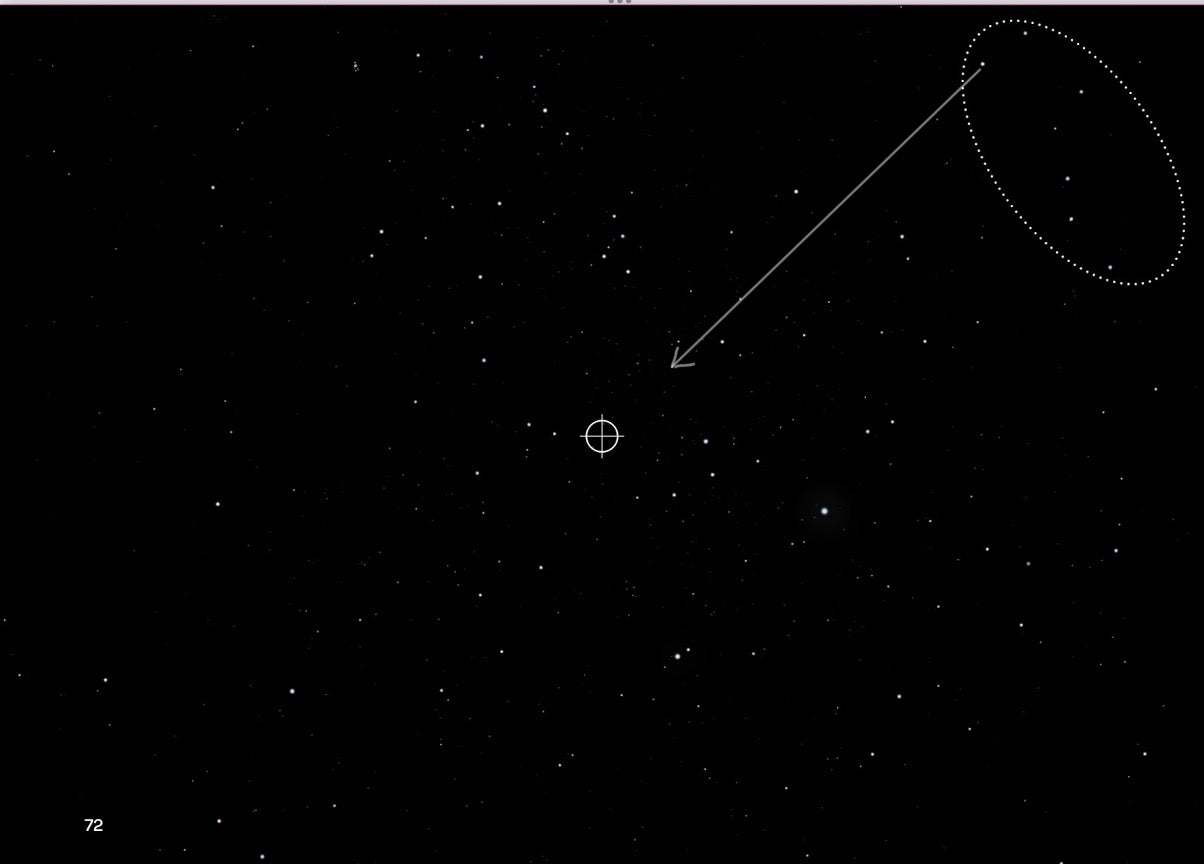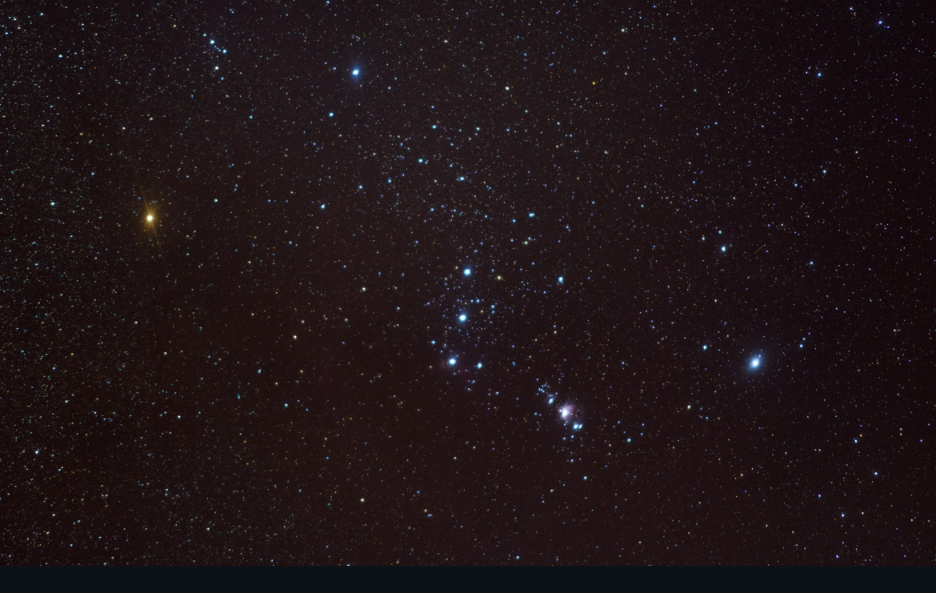What our ancient forebears saw in the stars


We live during a time of unprecedented discoveries in space. The Hubble and Webb telescopes routinely send incredible pictures back to earth that extend our knowledge of the universe. But humans’ fascination with the night skies isn’t new.
In Stikky Night Skies, you’ll get a look at the Lascaux cave paintings made by humans around 17,000 years ago. Discovered in 1940 in France’s Vézère valley, the cave walls show vibrant depictions of animals and symbols. The paintings seem to hold some astronomical significance, hinting at early humans' fascination with and possible reliance upon the night sky.
The Hall of Bulls is the most famous section in the Lascaux caves. Here, one wall features a giant bull with a series of dots above it. Some researchers believe these dots could represent the Pleiades, a cluster of over 1,000 stars known since ancient times.
The Pleiades can be seen with the naked eye—as many as 14 of its stars, depending on how good your eyesight is. Early humans wouldn’t have needed binoculars or telescopes to see the Pleiades in dark skies free of any light pollution. And without the many distractions of the modern age, such as television, they may have spent a lot of time looking up and watching the movement of the stars.
In 1963, the caves were closed to public viewing when the paintings began to degrade as a result of exposure to breath and carbon dioxide. Lascaux is now a UNESCO World Heritage Site, protected for its historical significance. While it’s no longer possible to enter the actual Lascaux caves to see the paintings for yourself, you can visit the International Centre of Cave Art of Montignac-Lascaux, an identical reconstruction of the Lascaux site. The paintings have been carefully reproduced, even using the same techniques and pigments. (Book your tickets before you go.)
Studying art and architectural finds like the Lascaux caves is one way that researchers are investigating what early humans understood about the night skies and how that knowledge may have served practical purposes such as navigating, keeping time, and tracking seasons. In fact, this area of study has a name—Archaeoastronomy—a fitting combination of archaeology and astronomy .
The Lascaux cave paintings could be much more than prehistoric art.This possibility connects our present to the distant past, where the night sky was a source of wonder, guidance, and art—as it continues to be, today.
Related Posts
View all posts
Polaris, also known as the North Star or the Pole Star, is very close to, though not exactly on, the...

The night sky is a tapestry of celestial wonders, and among them, the constellation Orion stands out as one of...